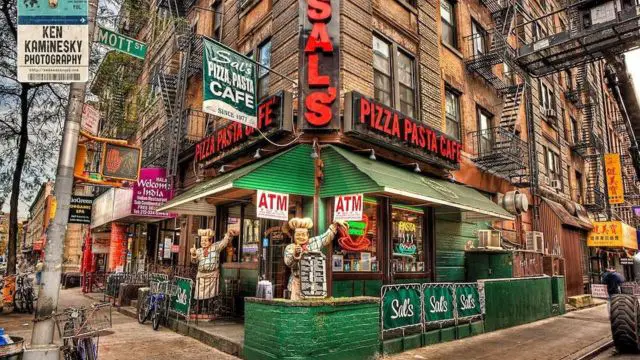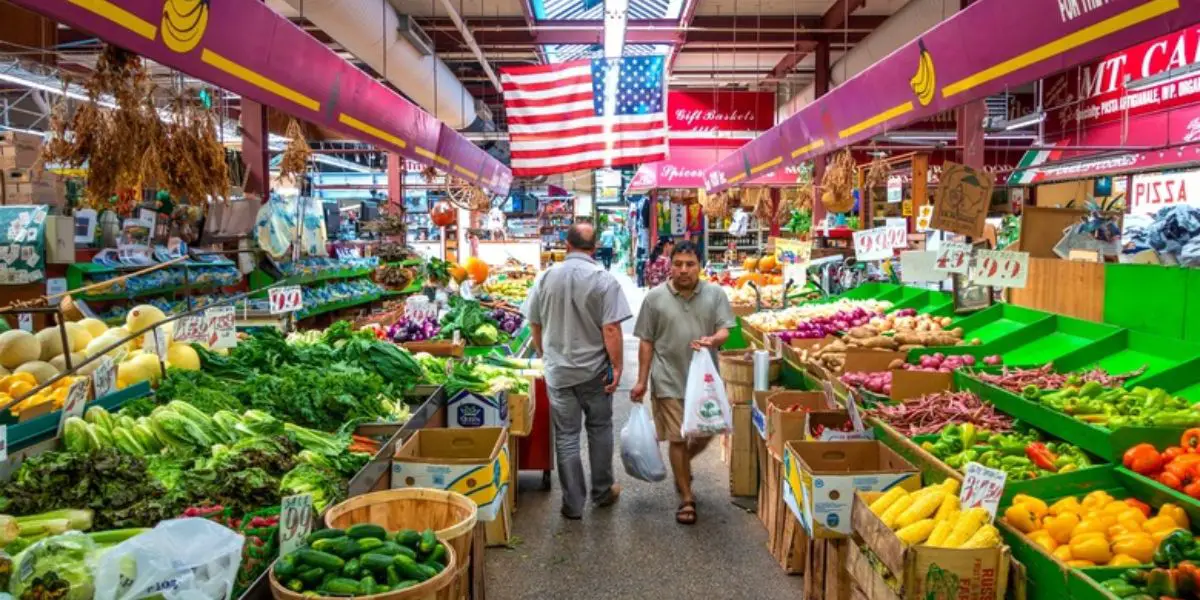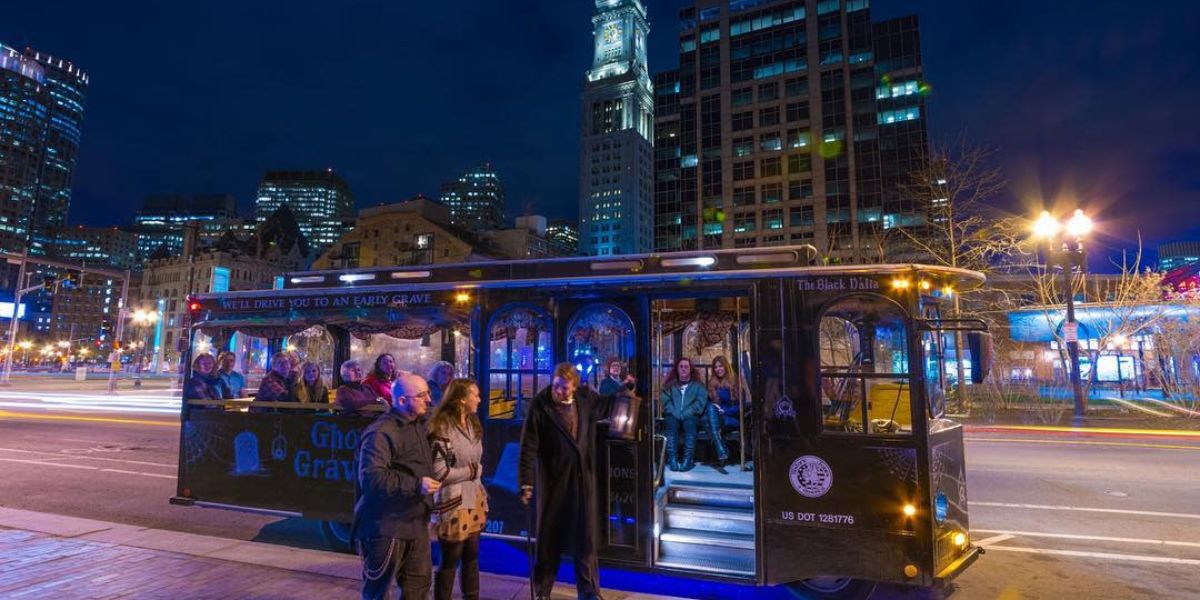When most people think of New York City’s Little Italy, they automatically picture the iconic neighborhood in Manhattan, filled with bustling cafes, traditional Italian restaurants, and the lively atmosphere of tourists and locals alike.
But what if we told you that the real “Little Italy” of New York isn’t found in Manhattan, Brooklyn, or Queens? The true Italian heart of the city is tucked away in a lesser-known borough—Staten Island.
Staten Island: The Unheralded Home of New York’s True Little Italy
While Manhattan’s Little Italy draws crowds with its charming streets and nostalgic Italian-American flair, the essence of Italian heritage in New York City is alive and thriving in Staten Island. For years, this often-overlooked borough has quietly maintained its Italian roots, offering an authentic, family-centered Italian experience that tourists seldom encounter.
In neighborhoods such as Rosebank, Clifton, and Grymes Hill, the strong influence of Italian culture is ever-present. From the many Italian restaurants serving up homemade pasta to the family-owned delis and bakeries offering freshly baked bread and pastries, Staten Island’s Little Italy stands in stark contrast to the tourist-driven, commercialized version of Little Italy in Manhattan.
A Legacy of Italian Immigration
The Italian community in Staten Island dates back to the early 20th century when waves of Italian immigrants arrived in New York City seeking better opportunities. Many settled in Staten Island due to its proximity to the waterfront, where jobs in industries like shipbuilding and construction were abundant. Over time, these immigrants built a tight-knit community, preserving their language, traditions, and faith.

Staten Island’s Italian roots are especially strong in neighborhoods like Rosebank and Clifton, where Italian surnames can still be found on nearly every corner. Local businesses have been passed down through generations, and the community continues to value the importance of family, food, and faith, making Staten Island’s Little Italy one of the most authentic representations of Italian-American culture in New York City.
The Feast of Our Lady of Mount Carmel
One of the most significant cultural events in Staten Island’s Italian community is the Feast of Our Lady of Mount Carmel, celebrated annually in Rosebank. This feast, one of the oldest and most beloved Italian festivals in New York, honors the patron saint of the town of Mount Carmel in Italy and serves as a celebration of the borough’s Italian-American heritage.
Don’t Comprpmise With Taste! California’s Mountain Mike’s Pizza Adds Tikka Masala Pizza to the Menu
The festival includes a grand procession, where locals carry a statue of the Virgin Mary through the streets, along with Italian music, food stalls, and games. The highlight of the event is the famous “Cavalcade of Giants,” where locals, many of whom have participated for decades, parade through the neighborhood in traditional Italian dress. The feast is a testament to Staten Island’s deep Italian roots and its unwavering commitment to cultural preservation.
Italian Businesses and Restaurants
Staten Island is home to dozens of Italian-owned businesses that provide an authentic taste of Italy. Whether it’s a traditional trattoria serving up rich, homemade pasta or a bakery offering freshly baked Sicilian cannoli, these businesses reflect the community’s dedication to upholding Italian traditions. Restaurants like Da Nico and Giuliana’s have been family staples for generations, providing mouthwatering dishes that transport diners straight to Italy.
Additionally, local Italian markets and delis like Casa Belvedere and Joe’s Italian Deli continue to thrive, offering everything from fresh mozzarella to imported olive oils. These businesses aren’t just serving food—they’re preserving the culture that has shaped Staten Island for over a century.
Preserving Italian Culture
Staten Island’s commitment to preserving Italian heritage goes beyond food. The borough is home to several cultural institutions dedicated to Italian history and contributions to American society. The Garibaldi-Meucci Museum, named after Italian revolutionary Giuseppe Garibaldi and inventor Antonio Meucci, is one such place. It offers visitors a deep dive into the lives and achievements of Italian immigrants who shaped New York and the nation.
All Stores Closing: Furniture Chain Shutters 11 Virginia Locations and 1 Maryland Store
The Italian Cultural Foundation, located on Staten Island, also plays a key role in preserving Italian-American traditions. It offers language classes, art exhibits, and cultural events that promote the Italian way of life, providing a space for both Italian-Americans and those interested in Italian culture to come together and celebrate their shared history.
Staten Island’s Underrated Treasure
Despite its rich cultural landscape, Staten Island’s Little Italy remains largely under the radar. Its more remote location and lack of tourist crowds mean that it often goes unnoticed by those unfamiliar with the borough. However, for those who seek an authentic Italian experience, Staten Island offers a chance to immerse themselves in a world of old-world charm and family traditions that have remained intact for generations.
While Manhattan’s Little Italy continues to serve as a commercial hub for tourists, Staten Island’s version of Little Italy offers something far deeper—a true connection to the Italian immigrant experience and a community that is proud to maintain its cultural roots.
Conclusion
New York City’s real Little Italy isn’t in the bustling streets of Manhattan, where tourists flock for a glimpse of Italian-American life, but rather in the quiet neighborhoods of Staten Island.
Here, the spirit of Italian heritage thrives in family-run restaurants, local bakeries, and cultural events that bring together a community deeply rooted in tradition.
For anyone seeking a genuine Italian-American experience in New York, Staten Island is where the true Little Italy can be found, proving that sometimes the most authentic experiences are the ones that remain hidden away from the spotlight.




